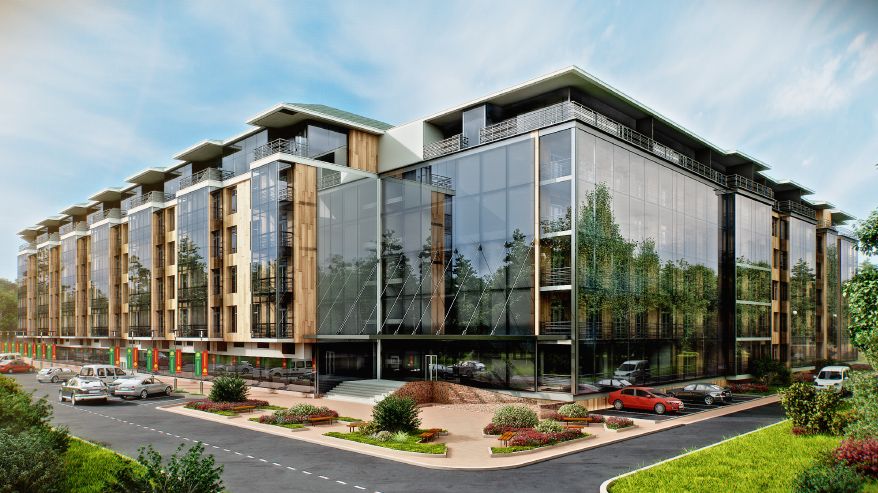Architecture in Zimbabwe
Architectural Design Apps - 3D Visualization and Rendering
With the ever increasing use of technology in almost all areas of construction, it makes sense to use CAD and CGI design to create 3 dimensional (or 3D) modelling in architectural design.
3D visualisation is not a new technique in the building industry: it has been used since the earliest earliest permanent dwellings and buildings were constructed to enable the client to obtain a clear picture of the finished product on a smaller scale. Traditionally, 3D modelling used scaled models which were painstakingly made from materials including plaster or wood, or even heavy card. In the contemporary sense, CAD or Computer Assisted Design and CGI or Computer Generated Images, take the hard work out of this remarkably useful promotional tool, completing in hours what previously used to take sometimes months with a high degree of accuracy. 3d rendering professionals can be found at https://www.panticarchitects.com/services/architectural-rendering.html

Computer generated 3D modelling transforms flat, unimaginative images into realistic designs and as such the client is better able to visualise the finished project in a virtual reality. This is especially useful in the field of architecture 3D. No longer are clients restricted to technical drawings or elevation plans which only the trained eye can interpret: with the latest technology, any architectural design can be manipulated in such a way that the viewer has the ability to "walk" around and through the design, getting a feel for the building's advantages whilst simultaneously minimising or indeed eliminating any possible concerns which would otherwise be very difficult to predict and expensive to rectify.

When compared to the traditional skills of technical and architectural drawing, most CAD 3D modelling programs are relatively easy to use. The computer programming incorporates automatic scaling that results in greater accuracy and flexibility in conjunction with a faster production of the finished product. As such, 3D modelling is a perfect tool for use by civil engineers, interior designers, landscape designers, architects, real estate developers and other professionals who have a need for a strong visual presentation of concepts to offer to their clients.
Many professionals involved in the building and construction industry take advantage of 3D modelling services to produce plans and concept drawings and consequently 3D visualization of these concepts, originating from the ideas and dreams of clients and from their own ideas.

Architectural 3D modelling services can be applied in two distinct fields: 3D exterior modelling and 3D interior modelling.
3D exterior modelling is especially useful when designing residential, commercial and healthcare structures together with those structures designed for the leisure industry, hospitality, community and institutional purposes. Details such as the faade of a building and the use of outdoor areas including courtyards, carparking and landscaping are brought to life, providing for the client an image of the finished product. Using colour and texture on exterior walls and exterior lighting can be experimented with to obtain the best possible results.

3D interior modelling concentrates on the final details to the inside of a structure. 3D models can be created to provide the client with a view of the completed interior from any number of different angles, utilising light and shade, colour and form. This modelling is best used for portraying inviting and attractive interiors, especially kitchens, bathrooms, bedrooms, living areas, work spaces and conference spaces, including the positioning of furniture.
Regardless of the size or design of your dream building, 3D modelling is quite obviously an invaluable tool in the building industry.